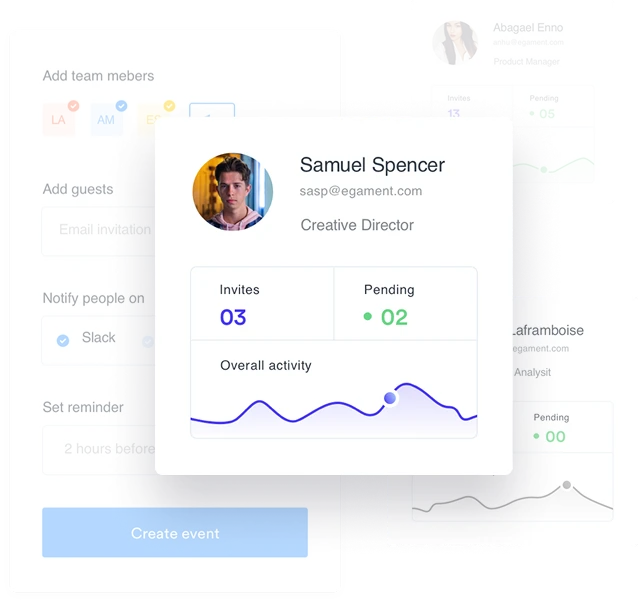Faculty shortages are a growing challenge for higher education institutions globally. From retirements to strict qualification mandates, many higher ed institutions struggle to maintain teaching quality and keep academic calendars on track.
UNESCO reports that some institutions face faculty gaps exceeding, affecting student learning outcomes.
https://www.unesco.org/en/articles/global-report-teachers-what-you-need-know?utm_source=chatgpt.com
Imagine a student management system that tracks faculty availability, automates scheduling, and ensures no class goes unattended.
A comprehensive academic ERP provides these capabilities, helping institutions overcome shortages while keeping students engaged and academic processes smooth.
The Challenge: Faculty Shortages in Higher Education

Faculty shortages in higher education institutions create multiple operational and academic challenges:
- Disrupted Academic Schedules: Classes delayed or canceled affect student progression.
- Overworked Permanent Staff: Existing faculty juggle multiple courses, leading to burnout.
- Student Dissatisfaction: Inconsistent schedules reduce engagement and learning satisfaction.
- Administrative Complexity: Coordinating temporary faculty and reallocating resources manually is time-intensive.
- Compliance Risks: Maintaining adherence to accreditation and teaching standards becomes challenging.
These challenges highlight the urgent need for higher ed ERP solutions that streamline resource allocation.
How Academic SIS Addresses Faculty Shortages
A powerful SIS/college management system offers tools to manage faculty resources effectively:
1. Centralized Faculty Management
- Track faculty availability across departments in real-time.
- Allocate teaching assignments based on expertise and workload.
- Reduce dependency on manual spreadsheets and scheduling conflicts.
2. Automated Scheduling
- Generate conflict-free class timetables automatically.
- Send instant notifications to faculty and students about schedule changes.
- Ensure every class is conducted as per the academic calendar, even during shortages.
3. Performance Monitoring & Analytics
- Evaluate faculty performance via dashboards in the education management information system (EMIS).
- Identify workload imbalances and areas needing professional development.
- Improve teaching quality across departments consistently.
4. Data-Driven Decision Making
- Predict upcoming faculty shortages using real-time data.
- Allocate guest lecturers or temporary faculty efficiently.
- Optimize staff deployment to maximize teaching coverage.
5. Student-Centric Benefits
- Students access up-to-date schedules via the student ERP.
- Transparent reporting enhances student engagement and trust.
- Consistent academic delivery supports improved learning outcomes.
Data & Stats Supporting SIS Implementation
- Efficiency Gains: Deloitte reports that institutions adopting academic ERP solutions reduced manual scheduling time by up to 50%, improving operational efficiency (Deloitte, 2022).
- Teaching Coverage: Institutions using ERP for higher education improved class coverage by 25–30%, ensuring fewer cancellations (EDUCAUSE, 2023).
- Administrative Load Reduction: Gartner highlights that schools leveraging a college management system for human resource allocation experience up to 35% less administrative workload (Gartner, 2022).
These figures show the tangible impact of adopting a student management system like Academia SIS.
Key Takeaways
- Streamline Faculty Allocation: Academia SIS ensures optimal use of existing staff.
- Automate Scheduling: Reduce errors and save administrative time with an academic ERP.
- Monitor Performance: Dashboards and analytics improve teaching quality in a college management system.
- Enhance Student Experience: Transparent schedules and data-driven processes boost engagement.
By integrating a university management system like Academia SIS, higher ed institutions can transform faculty shortages into an opportunity for operational excellence.
Conclusion:
Faculty shortages are challenging but not insurmountable. A student ERP like Academia SIS, proudly serving 400+ institutions globally, provides higher education institutions with the tools to allocate resources efficiently, maintain academic standards, and improve student satisfaction. Digital transformation is no longer optional — it’s essential for resilient, future-ready campuses.
Discover how your institution can leverage Academia SIS to overcome faculty shortages and optimize resource allocation today.


